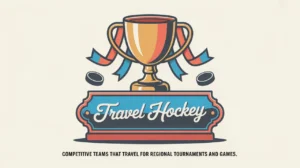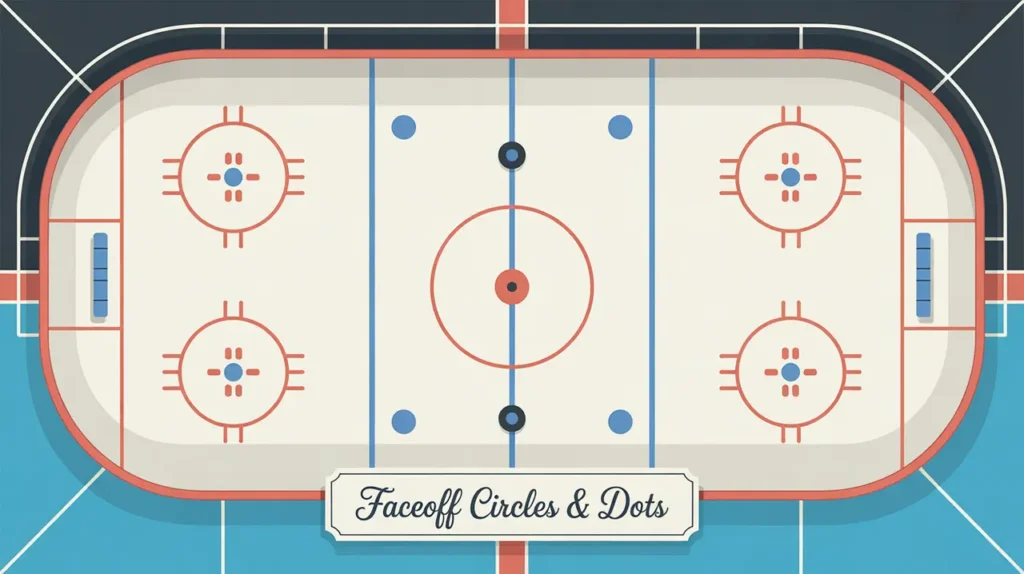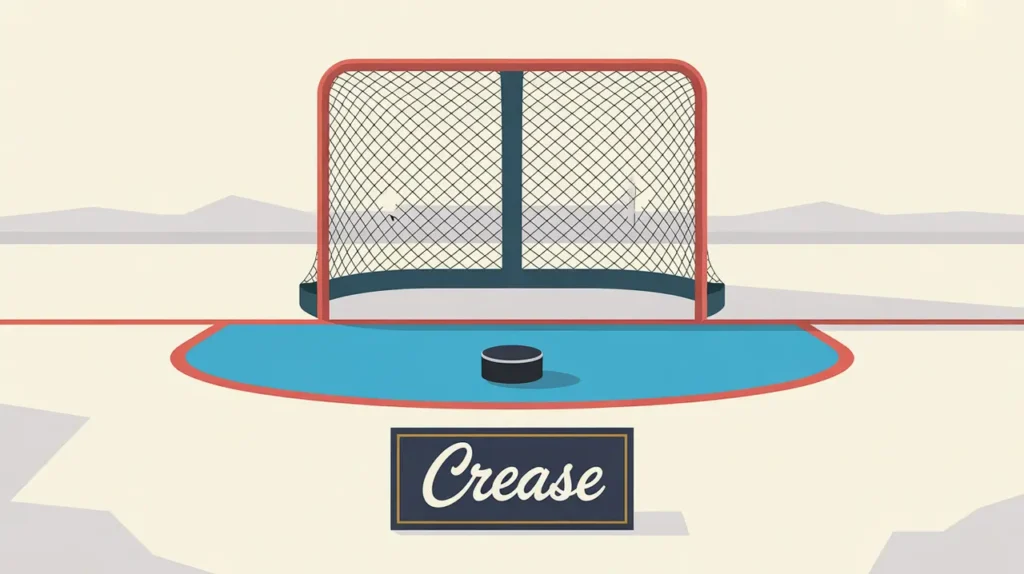Jim’s Intro to the Penalty Box
Hi folks, Jim here, the only commentator whose family added a penalty box as an extension to their house because of the quality of their dad jokes.
What is the penalty box?
The penalty box is the enclosed area opposite the benches where players serve their penalties. Each team has its own box, separated by a littlespace for the timekeeper and penalty officials. When a player commits a penalty, they’re sent here for a set duration, leaving their team shorthanded on the ice. It’s part timeout chair, part accountability station, and a key strategic element of the game.
How does it work?
The penalty box enforces rule infractions and game balance.
- Minor Penalties: 2 minutes in the box (for infractions like tripping or hooking).
- Major Penalties: 5 minutes, often for fighting or dangerous plays.
- Misconducts: 10 minutes, usually for unsportsmanlike behavior.
- Coincidental Penalties: Equal penalties for both teams served simultaneously, often without a manpower difference.
- Game Misconducts: The player is ejected, but the team may replace them after the penalty duration if applicable.
- Serving Time: The clock starts when play resumes. The player must stay seated until their time expires, then exit through the box door, often right into the flow of play.
The box acts as both punishment and tactical shift, triggering power plays, penalty kills, or 4-on-4 situations.
How do you make good decisions with it?
Good penalty box decisions are really about not ending up there unnecessarily and knowing what to do when you do.
- Discipline: Avoid lazy penalties like hooks, holds, or trips that kill momentum.
- Awareness: If you’re about to be released, watch the play closely so you can re-enter effectively.
- Special Teams Readiness: Teams must adapt their strategy instantly when someone takes a penalty, whether on the power play or penalty kill.
- Controlled Aggression: Physical play is part of hockey, but knowing where the line is keeps your team out of trouble.
How do you master it?
Mastery comes from discipline, timing, and situational awareness. Experienced players understand when taking a penalty might be necessary (to stop a breakaway, for example) and when it’s simply avoidable. Penalty killers learn to manage energy, passing lanes, and timing to survive shorthanded stretches. Players in the box learn to anticipate their return, jumping back in strategically instead of drifting aimlessly.
What does it look like when done right?
Disciplined teams take few unnecessary penalties, kill the ones they do take efficiently, and use penalty kills to build momentum rather than lose it. Players exit the box with purpose, often joining a rush or cutting off a breakout right away. Teams treat penalties as tactical challenges, not just setbacks.
Commentator’s Corner
Jim’s Take
I’ve seen players come out of the box like they’re stepping off a bus, with no idea where the puck is. The smart ones come out like a coiled spring, ready to pounce.
Parent Tip
Help players understand why penalties happen, not just that they did. Teaching discipline and rule awareness early makes for smarter players later.
Player Tip
If you’re in the box, stay mentally in the game. Track the puck, time your exit, and turn your penalty into a reset instead of a liability.
A Final Thought
The penalty box carries big consequences. Discipline keeps you out of it, awareness makes the most of it, and strategy turns it into just another part of the game you can control.









